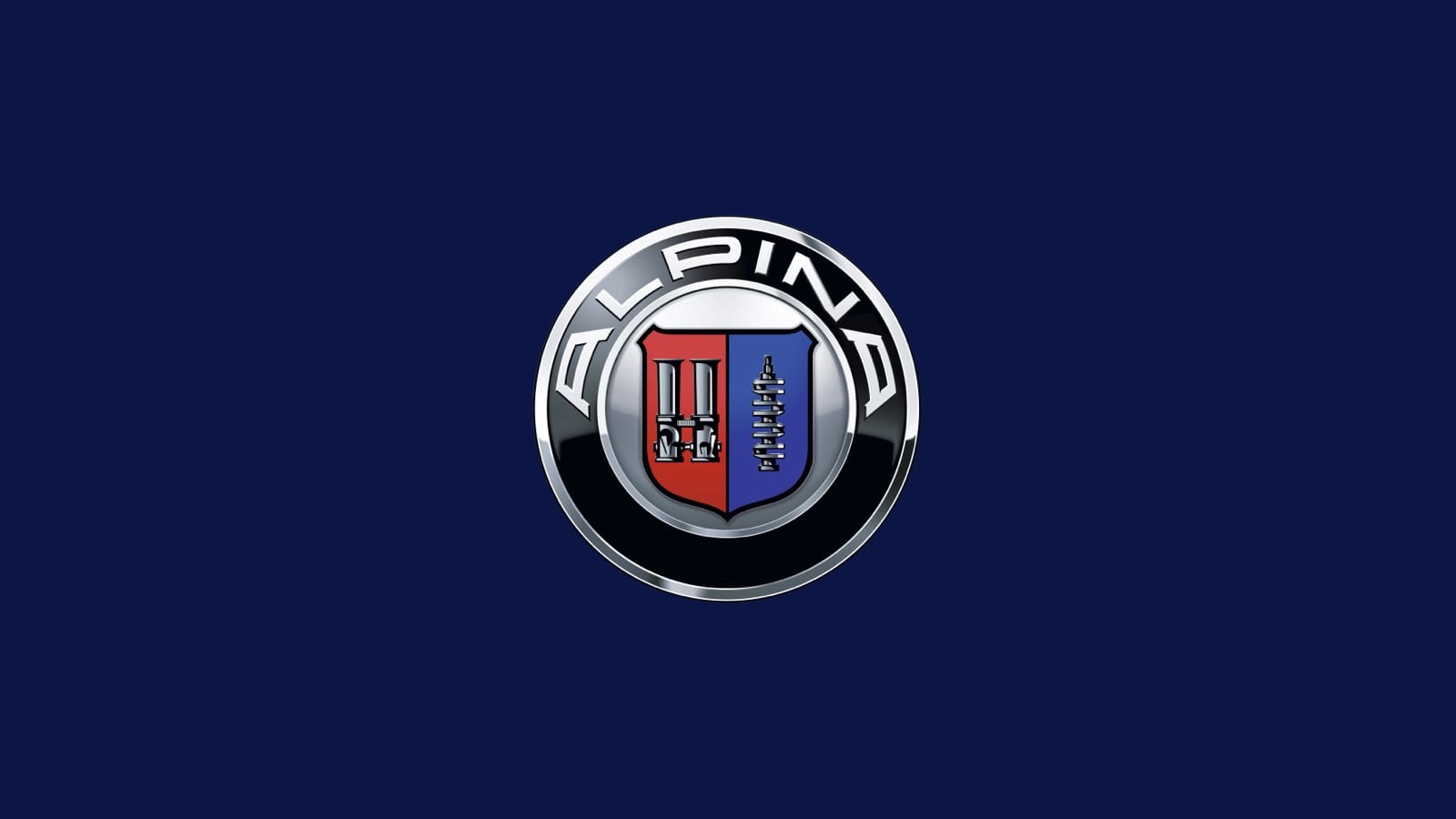ALPINA E38 B12
Alpina E38 B12
ALPINA kept production extremely limited, with only 202 units of the B12 5.7 produced, making it one of the rarest E38s on the road. This exclusivity extends further with the B12 6.0 variant, of which just 94 units were made.
With a total of fewer than 300 B12 E38s ever built, finding one today in pristine condition is a rare treat, and each car carries unique ALPINA touches that set it apart from any standard 7 Series.

The ALPINA B12 takes the already iconic E38 7 Series and injects it with ALPINA's unique magic. Beneath the surface, it boasts an impressive array of ALPINA-specific upgrades, but it's the exterior where this car really shines. This might just be the best-looking 7 Series ever.
It keeps that perfect E38 silhouette but adds ALPINA's signature touches—those stunning multi-spoke wheels (C95 Alpina Softline 20"), a lower stance, and a flawless setup that gives it an unbeatable presence. Usually finished in classic ALPINA blue, this beauty is enough to make any enthusiast weak in the knees.
Engine
ALPINA B12 5.7
The Alpina's adventure into the E38 chassis began with a bumped up 5.7L engine, basically a modified 5.4L M73 (present in the 750i/L).
Introduced in 1995, production ended mid 1999.

Alpina significantly bumped the already quite powerful 5.4L M73 (326hp/ 490 Nm or 361 lb-ft) to 382 hp and 560 Nm (413 lb⋅ft). This was made possible by an increased displacement to 5.7-litres, a modified air intake system, new cylinder heads, and higher compression Mahle pistons.
ALPINA B12 6.0
BMW introduced a facelifted E38 late 1998. Consequently, Alpina wanted to increase the E38's power yet again, making it a true "Autobahn-stormer". As a result, displacement was increased to 6.0L, making it the largest Alpina engine to date.

The B12 6.0 used a modified version of the BMW M73 V12 engine. The modifications include enlarged engine capacity to 6.0-litres, higher compression Mahle aluminium pistons, modified camshafts, and air intakes, Bosch Motronic M5 2.1 fuel injection, and a new exhaust system with a catalytic converter having an electronically heated metal catalyst. (E-KAT).
E-KAT was a premiere in the automotive industry and Alpina did make the most out of it. Even a special badge was added.

These modifications allowed the M73 engine to have a power output of 316 kW (430 PS; 424 hp) and 600 Nm (443 lb⋅ft) of torque. The transmission was the same ZF 5-speed Switch Tronic as used in the B12 5.7. Even more impressive is the fact that it produces 500 Nm at just 1,700 RPM.
Performance figures include a 0-100 km/h (62 mph) acceleration time of 5.9 seconds, a standing kilometre time of 23.5 seconds and a top speed of 291 km/h (181 mph).
Exhaust
The exhaust system is tuned to produce a deep, refined exhaust note that distinguishes the B12 from standard E38 models. This sound profile aligns with ALPINA's philosophy of combining luxury with performance. Looks were also improved to meet such standars as it resulted in a visible quad exhaust setup

Transmission
The engine was mated to a reprogrammed 5-speed ZF automatic transmission featuring a new gear change system called the "Switch-Tronic" system by the manufacturer.
The system allowed the driver to set the car in a manual shift mode in which gears could also be changed via dedicated buttons placed on the steering wheel, feature that was not available in any other E38 (non-Alpina owners have to stick solely with the Steptronic, meaning that once in manual mode gears can only be changed through the shifter).
To help distinguish a genuine Alpina from a replica, keep in mind that all Alpina B12s should have a steering wheel either like this (notice the arrows for the gear change) :

or like this:

Suspension, Brakes and Wheels
Brakes were also upgraded to fully floating ventilated discs all around.

The car was fitted with a stunning set of 20" Alpina Classic C95 "Softline" wheels, which are truly appreciated and sought-after by enthusiasts, thus not being cheap at all. An original, good condition set can be found for sale, ranging from 4000 to 5000 USD.
- Fronts: 9Jx20 ET20
- Rears: 10Jx20 ET32
Trim


Upholstery


Gauage Cluster
As a result of an impressive power boost, the ALPINA-tuned E38 became a true high-speed cruiser. ALPINA felt that drivers deserved to fully appreciate their top-end potential, so they swapped out the factory 250 km/h speedometer for one that reads up to 330 km/h, complete with the ALPINA logo—a fitting nod to the car's new capabilities.

Alpina Plaque
Exterior Design - Alpina Stripes

Also, the B12 E38 had a redesigned front lip, containing the "ALPINA' lettering



